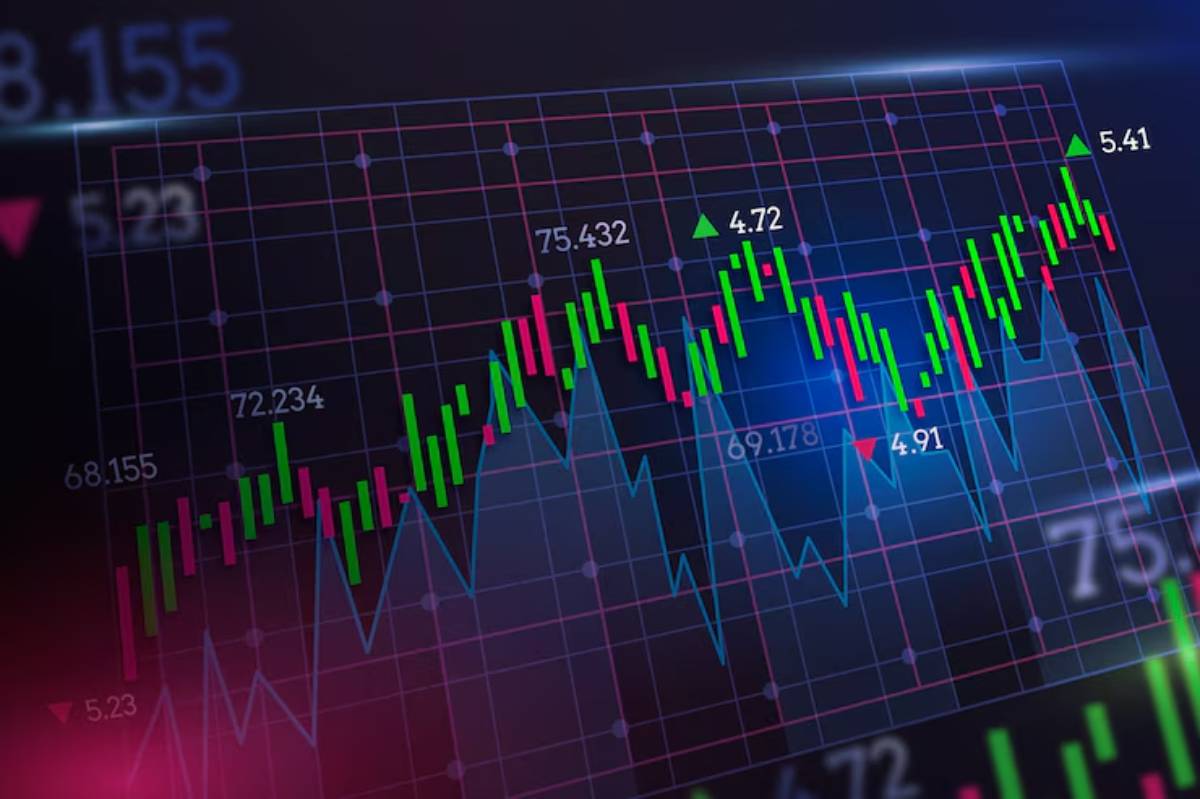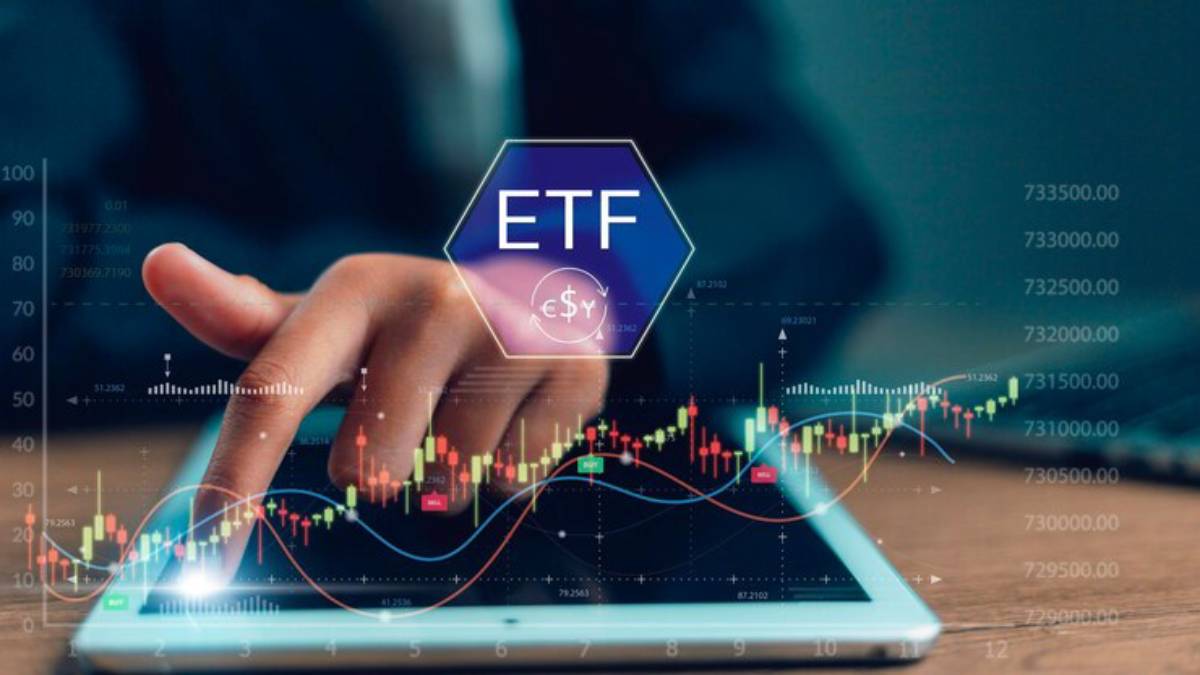
Hidden Costs in ETFs: What You Need to Know
Picture this: you find a great deal, but at checkout, surprise fees pop up. Frustrating, right? Investing in ETFs (Exchange-Traded Funds) can seem straightforward. But hidden costs can quietly reduce your returns.
ETFs are often praised for their low expense ratios and broad market exposure, and rightly so. Focusing only on published fees can cause you to miss other costs that impact your investment journey.
This guide shows the real costs of ETFs. You’ll learn about trading fees, bid-ask spreads, and hidden charges. We’ll also help you navigate these wisely. By the end, you’ll be equipped to make smarter, more cost-effective investment choices.
What Are ETFs Really Costing You?
The Visible Costs
- Expense Ratio: The annual fee to cover management and operating expenses. Usually very low for ETFs, often between 0.03% and 0.50%.
The low expense ratio is often highlighted in marketing. However, it’s just one part of the whole picture.
The Hidden Costs
- Trading fees
- Bid-ask spreads
- Premiums and discounts to NAV
- Brokerage account fees
- Market impact costs
Quick Analogy: Think of buying an ETF like booking a flight. The ticket price seems low at first. But, watch out! Baggage fees, seat selection, and meals can add up fast.
Trading Fees: The Price of Access
What Are Trading Fees?
Every time you buy or sell an ETF, your broker might charge a commission or a transaction fee.
How Trading Fees Add Up
- If you invest monthly and pay £5 per trade, you’ll spend £60 a year on fees. This cost occurs no matter how your portfolio performs.
Pro Tip: Some brokers offer commission-free ETFs. Always check before opening an account.
When Trading Fees Matter Most
- Frequent trading: If you’re buying and selling ETFs regularly.
- Small investments: A £5 fee on a £500 trade is 1% — higher than most ETF expense ratios!
Bid-Ask Spread: The Hidden “Toll Booth”
What Is a Bid-Ask Spread?
The bid price is what buyers are willing to pay. The ask price is what sellers want to receive. The spread is the difference between the two.
Why It Matters
You effectively “pay” the spread when you buy and sell ETFs. Wider spreads mean higher hidden costs.
Factors Affecting Bid-Ask Spread

- Trading volume: Highly traded ETFs (like S&P 500 trackers) have tight spreads.
- Fund size: Larger funds usually have smaller spreads.
- Market conditions: Spreads widen during high volatility.
Example: A spread of 0.10% might not seem like much, but over frequent trades or large sums, it adds up.
Premiums and Discounts to NAV
Understanding NAV
The Net Asset Value (NAV) represents the total value of an ETF’s assets minus its liabilities.
How Premiums and Discounts Work
Sometimes ETFs trade:

- Above NAV (Premium)
- Below NAV (Discount)
This happens more frequently with specialised or low-liquidity ETFs.
Real-World Scenario: Imagine buying an ETF at a 2% premium. Even if the market doesn’t move, you need a 2% gain just to break even.
Tip: Stick to ETFs with a history of minimal deviation from their NAV.
Brokerage Account Fees
What to Watch For
- Annual account maintenance fees
- Custody fees for holding ETFs
- Inactivity fees if you don’t trade regularly
Insider Tip: Choose a broker that aligns with your investment style. If you plan to invest and hold, look for providers with low or no inactivity fees.
Market Impact Costs
What Are Market Impact Costs?
Placing a large order for a low-liquidity ETF can affect the market. This might push the price up or down in a way that isn’t good for you.
When Does This Happen?
- Buying niche ETFs with low trading volumes.
- Placing large orders during volatile market periods.
Simple Strategy: Split big trades into smaller parts. Also, use “limit orders” to manage your purchase price.
How to Minimise Hidden ETF Costs
1. Choose Highly Liquid ETFs
Stick with ETFs that have high daily trading volumes. Examples include ETFs tracking major indices like the S&P 500, FTSE 100, or MSCI World.
2. Look for Commission-Free Platforms
Many online brokers offer commission-free ETF trading. Popular options include Vanguard, Fidelity, and certain “app-based” investment platforms.
3. Use Limit Orders
Set a limit order to buy or sell at your preferred price. This way, you can avoid bad fills when the market is volatile.
4. Invest Larger Amounts Less Frequently
If your platform charges per trade, trade less often. However, invest more each time. This will spread out the trading fees across a larger sum.
Example: Rather than investing £250 each month with £5 fees, put in £750 every three months. This will reduce your fees by two-thirds.
5. Monitor Premiums and Discounts
Choose ETFs that usually trade near their NAV. This is especially important when investing in sectors, commodities, or international markets.
Practical Example: Comparing Two Investment Styles
Sarah: The Smart Planner
- Invests £750 quarterly in a highly liquid S&P 500 ETF.
- Uses a commission-free broker.
- Places limit orders to minimise slippage.
Tom: The Impulsive Trader
- Invests £250 monthly with a £5 fee per trade.
- Accepts market orders during volatile periods.
- Buys niche sector ETFs with wide spreads.
Outcome: For over ten years, Sarah has saved thousands by managing her hidden costs wisely.
Make Every Penny Count
ETFs remain one of the most cost-effective and powerful investment vehicles available today. To maximise your returns, look past the shiny low expense ratios. Focus on hidden costs, too. Consider trading fees, bid-ask spreads, and account charges.
To avoid hidden wealth-drainers, pick liquid ETFs. Use commission-free brokers and trade smartly.
Remember, in investing, it’s not just about making the most — it’s about keeping the most.
Ready to optimise your ETF investing strategy?
Check your current ETF holdings today. Take action to fix any hidden leaks!
Found this guide helpful? Share this with other investors. Comment on your ETF experiences. Subscribe for more easy investing tips!